Nissan Rogue Vs Honda CR-V: Which Compact Crossover is Right for You?

Everyone and their grandma is seemingly in the market for a compact crossover. Two of the best of the modern breed are the Nissan Rogue and Honda CR-V.
The CR-V came first, arriving on the scene way back in 1997, the year of Men in Black and OK Computer. Then a simple cute-ute, the Honda CR-V has matured into a de facto family hauler, and remains the perennial second-best-seller in the segment, right behind the Toyota RAV4.
Get a Quote on a New Nissan Rogue or Honda CR-VNissan launched the Rogue in North America an entire decade later. (Canada got an early taste in the shape of the boxy X-Trail). Previous generations majored on value and space. For 2021, Nissan gave its compact ‘ute a complete glow-up, including a massively improved interior and a modern design.
Both of these little trucklets offer compelling reasons to park them in your driveway. Which is best suited to your needs? We’ll break ’em both down across multiple categories to find the answer.
Cabin Space
Rogue: As mentioned in the intro, Nissan has plowed a lot of resources into improving the Rogue’s interior for the current generation. The top Platinum trim includes quilted leather for example, and Nissan’s Zero Gravity seats remain some of the most comfortable thrones out there, premium or not. Material quality is up across the board, and the design team has also carved out more storage space in the doors, as well as under the center console.
As one of the largest entries in the class, the Rogue has generous interior space for up to five people. Headroom measures 41.1 and 39.2 inches (1,044 and 996 mm) front-to-back without a sunroof; the numbers drop to 39.2 and 37.8 inches (995/960 mm) with the panoramic glass. Front legroom is a shake-your-legs 43.3 inches (1,100 mm), and a still-generous 38.5 inches (978 mm) behind that. Hip room is 54.1 inches (1,374 mm) in front, and 53.4 inches (1,356 mm) in back. The Rogue’s rear doors also open nearly 90 degrees, ensuring maximum space for ingress and egress.
CR-V: From tip to tail, the CR-V gives up just about an inch to the Rogue (22 mm to be exact). That doesn’t mean it’s lacking in space for you and up to four friends, however. Legroom, for example, is a full 41.3 inches (1,050 mm) up front and 40.4 inches (1,025 mm) out back, averaging out to essentially the same as the Rogue. Front headroom varies based on trim and the type of roof, going from as much as 40.1 inches (1,018 mm) to 37.8 inches (961 mm). Rear headroom also changes, from 39.2 inches (996 mm) in the base trim to 38.3 inches (974 mm) on the top Touring edition. The CR-V has the edge over the Rogue on front hip space (55.1 inches / 1,400 mm), but loses out by a lot in the back (49.5 inches / 1,257 mm).
As one of the oldest models in the Honda lineup, the CR-V has a conservative interior design that lacks the screen real estate of the newer Rogue. Higher trims do get appropriate soft-touch materials and leather seating, however. What really sets the CR-V apart is its high-mounted shifter, opening up space in the center console for more storage.
SEE ALSO: Subaru Outback vs Subaru Forester ComparisonBottom Line: The Nissan has more space, and in respective top trims, it’s a nicer place to be, too. This category goes to the Rogue.
Cargo Space and Towing
Rogue: Nissan says Rogue drivers can tow up to 1,350 lb with their crossover. As for storage space, with the rear row upright, the Rogue will swallow 36.5 cubic feet (1,034 liters) of stuff. Drop the seats and you’ll find 74.1 cubes (2,098 L). That puts the Rogue right near the top of the class…
CR-V: …but the CR-V is still the load-lugging king around these parts. In two-seat form it’ll carry a scarcely believable 75.8 cubic feet (2,145 L); even with all seats filled, it’ll manage 39.2 cubes (1,109 liters). Those numbers are for the gas model; the hybrid does take a slight storage hit, to 68.7 and 33.2 cubic feet of space (1,944 and 939 L), respectively. Honda quotes a 1,500-lb towing capacity for the 1.5-liter CR-V; there’s no figure for the hybrid model.
Bottom Line: More space, and more towing capacity: the Honda is on the board.
Technology and Features
Rogue: Every single Rogue comes with, at least, an 8.0-inch infotainment screen, plus Apple CarPlay and Android Auto functionality. The SL Premium and Platinum both swap that for a 9.0-inch screen, and bring in wireless phone mirroring. The user interface is solid, with clear graphics and reasonably quick responses. Platinum trim Rogues offer up over 30 inches of screens, thanks to a 12.3-inch fully digital instrument panel as well as a color head-up display.
Dual-zone climate control is standard in the Rogue; the top trim adds a third section for the back-row kiddies.
CR-V: The CR-V can’t match the Nissan’s infotainment size, with a 5.0-inch LCD on the base LX and 7.0 inches of screen in every other trim. The CR-V does have a digital instrument panel as standard though, even if it isn’t quite as customizable or flashy as the one in the Rogue. Apple CarPlay and Android Auto are both supported here. There’s no head-up display, either.
Like the Rogue, the CR-V includes dual-zone climate control from the base model upwards. There’s no option for triple, however.
The top Touring trim (and special Black Edition) adds goodies like a wireless mobile charger, better sound system, and navigation.
SEE ALSO: 2020 Honda CR-V Hybrid First Drive ReviewBottom Line: It’s little surprise that the newer car packs more tech. The CR-V makes the most of what it’s got, but the Rogue simply out-points it. The Nissan has a better infotainment setup, an available HUD, and added perks like tri-zone climate control.
Powertrains
Rogue: The Rogue’s default drivetrain setup is a familiar 2.5-liter, naturally aspirated four-cylinder engine hooked up to a CVT. It has square outputs, at 181 horsepower and pound-feet. Front-wheel drive is standard, with AWD optional across all trims.
In March 2021, Nissan announced a “pilot program” to include a more efficient 1.5-liter turbocharged three-cylinder in the lineup. It should offer similar performance to the existing engine, yet sip less fuel.
SEE ALSO: 2020 Ford Escape Hybrid vs 2020 Toyota RAV4 HybridCR-V: The CR-V offers a 1.5-liter turbocharged engine of its own—and it’s one you can actually buy. This one has an extra cylinder, too. The 1.5-liter turbocharged four-pot makes 190 hp and 179 lb-ft of peak torque.
Hybrid models utilize a 2.0-liter naturally aspirated unit paired with an electric motor to deliver 212 hp and 232 lb-ft of torque.
Both engines come with a CVT gearbox and while the gas engine is available in both front- and all-wheel drive flavors, the hybrid only comes with the latter.
Bottom Line: The Rogue’s sole available engine—for now—is simply fine. The CR-V’s turbo engine feels stronger, but we’d be remiss if we didn’t mention the oil dilution issues that have plagued the 1.5-liter for years. Solution? Get the CR-V Hybrid, avoid those issues, and save big at the pumps. It’s the Hybrid that clinches it for the Honda here.
Fuel Economy
Rogue: According to the EPA, a base front-drive Rogue S will achieve 27 mpg city and 35 mpg highway, for an average of 30 mpg. Pick any other trim and you’ll take a 1 mpg hit across the board. Canadian figures don’t distinguish between trims: NRCAN quotes 8.1 L/100 km combined, with 8.9 L/100 km city and 7.0 L/100 km highway.
Add in AWD and the Rogue of course sees a dip, posting 29/26/33 mpg, respectively. Again, that’s for the S trim; switching to higher models trims those figures to 28/25/32 mpg.
SEE ALSO: 2020 Kia Telluride vs 2019 Subaru Ascent: Three-Row ThrowdownWhile the 1.5-liter three-cylinder isn’t available at dealers at the time of writing, the EPA has already posted figures for it. A front-drive Rogue S sees a sizeable improvement, to 30 mpg city, 37 mpg highway, and 33 mpg combined. Sure enough, higher trims see a 1 mpg drop, both combined and on the highway. The AWD Rogue S maintains the 33 mpg average, with a 36 mpg highway score. The other AWD three-cylinder trims score 32/29/35 mpg, respectively.
CR-V: Hop into a front-drive CR-V and you can expect it to match the Rogue’s 30 mpg average, split between a better 28 mpg city rating and a worse 34 mpg highway score. That’s for all trims, too. AWD models also match the best the Rogue can manage, at 29, 27, and 32 mpg respectively. Again, that’s for all trims. Canadian figures are 7.7, 8.3, and 7.0 L/100 km, respectively, for front-drive models; AWD numbers are 8.1, 8.7, and 7.4 L/100 km.
Meanwhile, the CR-V Hybrid posts an excellent 38 mpg combined, with a stellar 40 mpg city and still-good 35 mpg highway figure.
Bottom Line: Uh, no contest: CR-V for the win here. According to the EPA, you’ll save a cool two grand over the equivalent AWD gas CR-V in five years.
SEE ALSO: Toyota RAV4 vs Honda CR-V: Which Crossover Is Right For You?Safety
Rogue: The Rogue scores the Insurance Institute for Highway Safety’s (IIHS) highest honor, the coveted Top Safety Pick + rating. That’s great, since the National Highway Traffic Safety Association (NHTSA) gave the Rogue an unfortunate two-star front passenger side crash rating. That holds the Rogue’s frontal crash rating to just three stars. Nissan says this applies only to 2021 Rogues built in their native Japan before February 2021; it has already notified owners for the retrofitting. There’s no post-fix NHTSA test at the time of writing, however.
Nissan includes nearly every one of its driver assists at the entire Rogue lineup. Standard equipment includes automated emergency braking, lane departure warning, blind spot warning, rear cross-traffic alert, rear parking sonar, auto high beams, and rear automatic braking. Adaptive cruise control, Intelligent Lane Intervention, and an around-view monitor shows up on the SV trim onward.
CR-V: Auto high-beam, lane-keeping assist and adaptive cruise control are all standard on the Honda CR-V. Automated emergency braking is also present across the board. Blind-spot detection with rear cross-traffic alert is available EX trim onwards.
The NHTSA handed the current CR-V a full five-star rating on every crash test except the front passenger side one, where it manages four stars. The rollover risk is also the crossover-standard four stars. Meanwhile, the CR-V misses out on the + on the IIHS Top Safety Pick rating.
Bottom Line: The Rogue is newer, including more standard active driver assists versus the older CR-V. That low NHTSA crash test score does concern us, should the worst happen, however. Nissan would take this category otherwise; a post-fix test should make the result clearer.
Styling
Rogue: Nissan has classed up the Rogue, with cleaner, more upright flanks and a big, shiny V-motion grille up front. The stacked headlight-foglight setup is reminiscent of the old Juke, but with a more squared-off look that brings the Rogue in line with the rest of the Nissan SUV family, like the new Pathfinder. Thinner taillights highlight the huge rear opening, too.
CR-V: The CR-V is a softer-looking soft-roader. Honda’s family looks translate well to the shape, with a friendlier front-end and lots of glass area suggesting a spacious family hauler. The CR-V still holds onto its traditional vertical-oriented taillights, an increasing rarity in this world of full-width setups.
SEE ALSO: Subaru Forester vs Nissan Rogue: Which Compact Crossover is Right for You?Bottom Line: Tastes are subjective of course, so you’re likely to prefer one of these more than the other.
Pricing and Value
Rogue: The Rogue starts at an even $27,000 ($30,628 CAD) for a front-drive S model. That amount nets buyers standard 17-inch alloy wheels, LED head- and taillights, two USB ports (one of each type), air conditioning, and an 8.0-inch infotainment screen.
The SV trim ($28,690 / $34,128 CAD) ups the wheel size by an inch, along with adding push-button ignition with remote start and climate control. Nissan’s ProPILOT Assist joins the lineup too, plus an around-view monitor, four USB ports, eight-way power-adjustable driver’s seat, dual-zone climate control, and more. Synthetic leather, rear sun shades, a power liftgate, and heated front seats plus steering wheel are part of an SV Premium Package ($2,660 / $2,200 CAD).
Next is the $33,350 SL, priced from $33,350. The penultimate trim brings in genuine leather seating, panoramic moonroof, kick-activated power liftgate, tri-zone climate contorl, power-adjustable passenger seat, remote-folding second row, and other goodies. An SL Premium Package ($1,320) adds nav-based adaptive cruise control, the larger 9.0-inch infotainment screen, wireless Apple CarPlay support, traffic sign recognition, and a Bose audio system. Canadians don’t have access to the SL.
All the above—and more—comes standard on the Platinum ($36,780 / $42,628 CAD). This high-zoot trim also includes ambient lighting, quilted leather seating, full digital instrument panel, a head-up display, wireless charger, and heated seats all-round.
Adding AWD to a Rogue runs $1,400 in the US, and $1,300 in Canada.
CR-V: Prices start from $26,575 ($31,870 CAD), including destination, for the base CR-V LX trim. That nets buyers a tiny 5.0-inch infotainment screen, but a fully digital instrument panel, along with Apple CarPlay and Android Auto. Single-zone climate control is also standard. The Special Edition adds the larger 7.0-inch screen, and the EX adds heating to the side mirrors and front seats.
Want leather, and a powered tailgate? You’ll need an EX-L for that, which starts from $31,675 ($39,340 CAD). An Auto-dimming rearview mirror and HomeLink Remote also become available with the EX-L trim. The Touring sits at the top of the lineup and starts from $34,825 ($43,190 CAD). This comes with all the bells and whistles including wireless charging, hands-free tailgate access, ambient lighting, and more.
All gas trims come with FWD and AWD in America; Canada goes for the latter beyond the LX. The upgrade to AWD adds $1,500 to the total cost, while the hybrid—available only with AWD—adds a further $1,200. The base LX trim however, is not available as a hybrid. The Touring Hybrid sits at the very top of the trim lineup retailing at $37,525.
Bottom Line: The CR-V tops out below the Rogue, unless you opt for the fuel-sipping Hybrid model. That being said, it lacks some of the more modern toys and useful features of the Rogue Platinum, like a HUD and tri-zone climate control.
In Conclusion
Nissan has done its compact crossover homework with the latest generation of the Rogue. It comprehensively out-points the CR-V in terms of space, value, and practicality. The only area it really stumbles is the drivetrain, where the 2.5-liter is merely meh. Horsepower may not be high on the priority list for most shoppers in this segment, but the lack of a hybrid powertrain is a missed opportunity.
The CR-V has a battery-assisted option, and it’s the one we’d recommend if you’re waving the Honda flag. Otherwise though, the Rogue is the better family vehicle in our eyes.
Become an AutoGuide insider. Get the latest from the automotive world first by subscribing to our newsletter here.

Kyle began his automotive obsession before he even started school, courtesy of a remote control Porsche and various LEGO sets. He later studied advertising and graphic design at Humber College, which led him to writing about cars (both real and digital). He is now a proud member of the Automobile Journalists Association of Canada (AJAC), where he was the Journalist of the Year runner-up for 2021.
More by Kyle Patrick



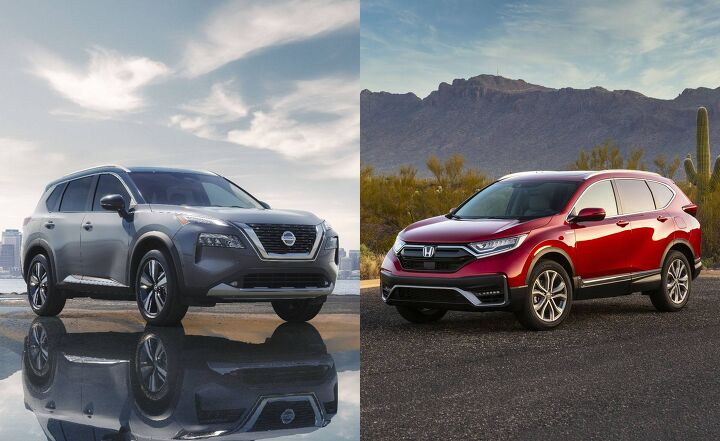

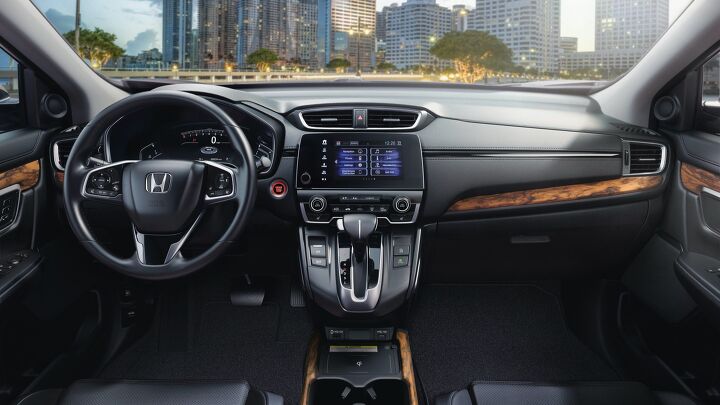


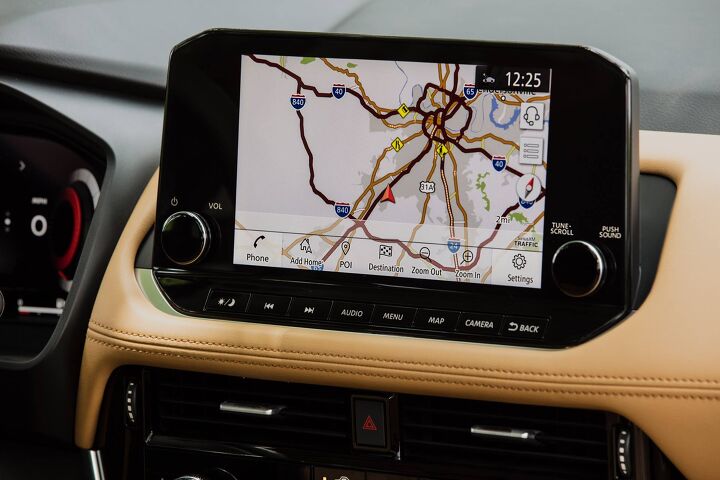



























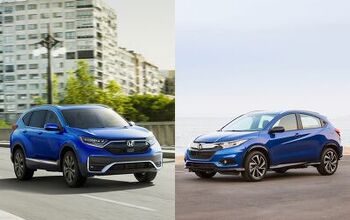

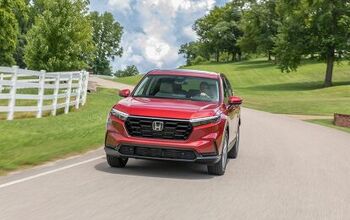

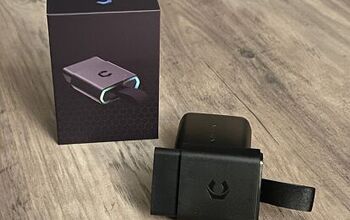




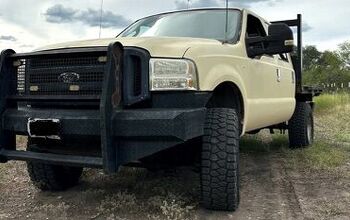


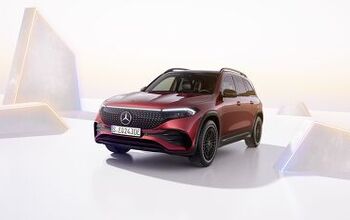
Comments
Join the conversation